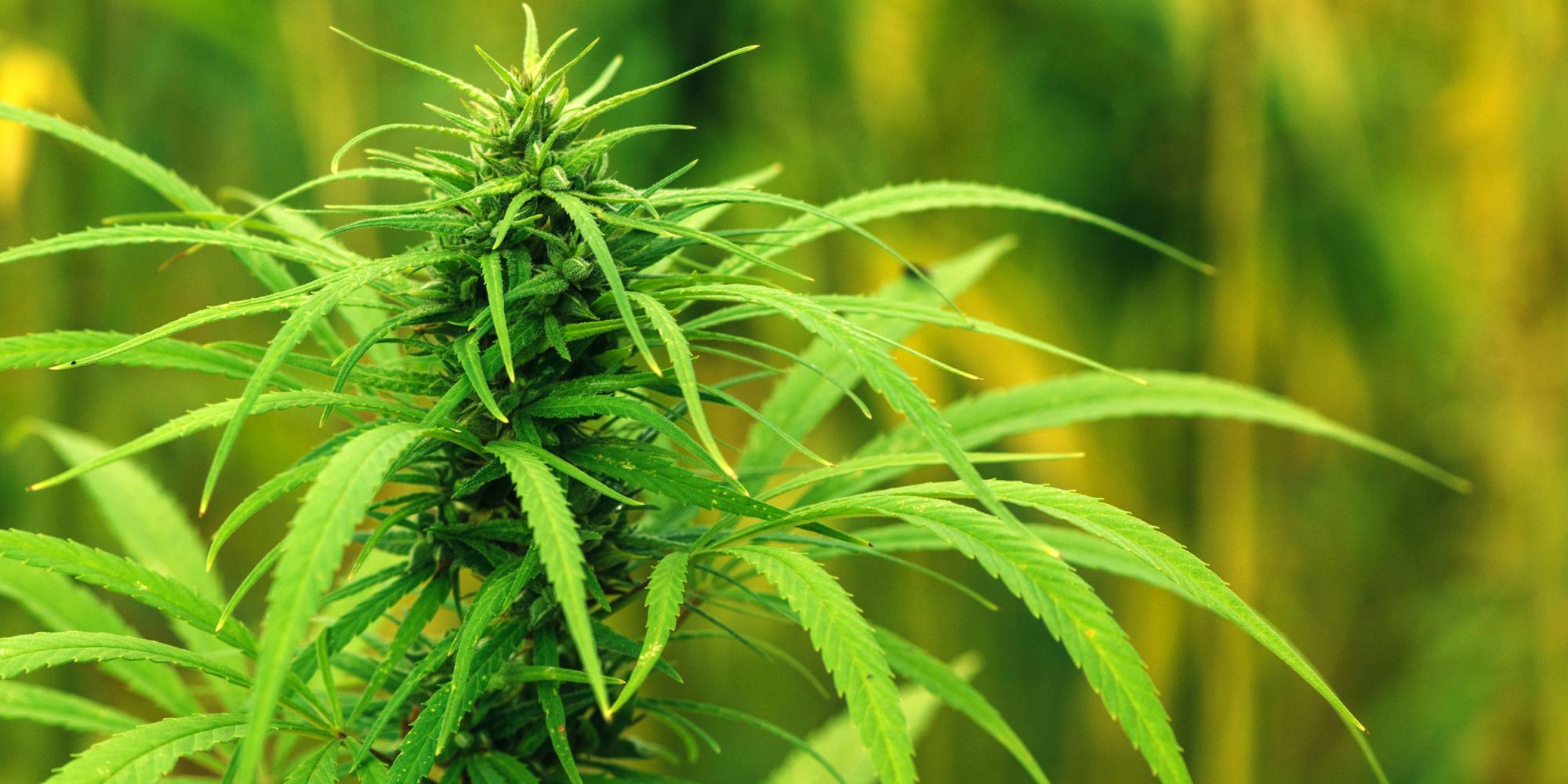11.21.2025
Sausage casings bulletin, November 21, 2025

...

Until recently, one had to go to great lengths to import seeds into the US from other countries that have been using selective breeding for years. In the US there is a lot of catch-up to do in the development of THC compliant hemp cultivars. Progress is swift with Cannabis, a fast growing annual, and much appears to have been made since last year.
Last year there were many reports of THC spiking, female clones that turned out to contain large percentage of males, and feminized seed that also contained an inordinate number of males. Male plants pollinate the desirable female plants, and drastically reduce the production of cannabinoids. Even with properly feminized seed, a percentage of plants emerge as males. All of these trait issues reflect the relative youth of plant breeding efforts in the US for CBD hemp.
This year does appear to be better on the plant genetics front, though the season is still mid-stride and THC spikes late season. All knowledgeable growers are also busy “rogueing” males out of their crops this time of year, to avoid pollination. Lax growers stand to lose marketing opportunities if they are unwilling or unable to give this task sufficient management and labor resources. Female clones mitigate risk, but growers also have to be aware of environmental conditions that can stress plants into hermaphrodites.
Producing seed and clones has become a financially rewarding enterprise for cannabis companies. Many existing nursery businesses have also entered the hemp space, targeting production of millions of female clones or seeds. ColorPoint in Kentucky has 41 acres of greenhouse space devoted to hemp. Oregon and Colorado have been major providers for new hemp industries around the country, with one seed company, Oregon CBD selling out within a very short period of time.
Some varieties have been adapted to specific growing conditions, ones that are often very different from the new regions where they are planted. Varieties developed in Colorado can fare poorly in the humid and hurricane prone Southeast. There are limits to what plant breeders can do with Cannabis. As a rule of thumb, 30:1 is the maximum CBD to THC ratio breeders can realize. So, for example, .3% THC will limit plants to about 10% CBD. This may be hotly debated, and while there are some exceptions, this is the view of professional plant breeders Steven Turetski, director of Shi farms and Eric Mathur, chief science officer at Tilt Holdings.
It takes about 18 months of inbreeding to get stable varieties, and stable varieties is what the industry lacks right now. Breeders need to focus not only on cannabinoid production, but also other agronomic traits appropriate to the area it is intended to grow. Flower set, overall plant shape, and terpene production are some of the traits breeders will prioritize.
In April, the USDA announced its Plant Variety Protection Office would be accepting applications from hemp producers. This intellectual property protection is a key driver in the development of ancillary industries producing improves hemp genetics. Read about it here: